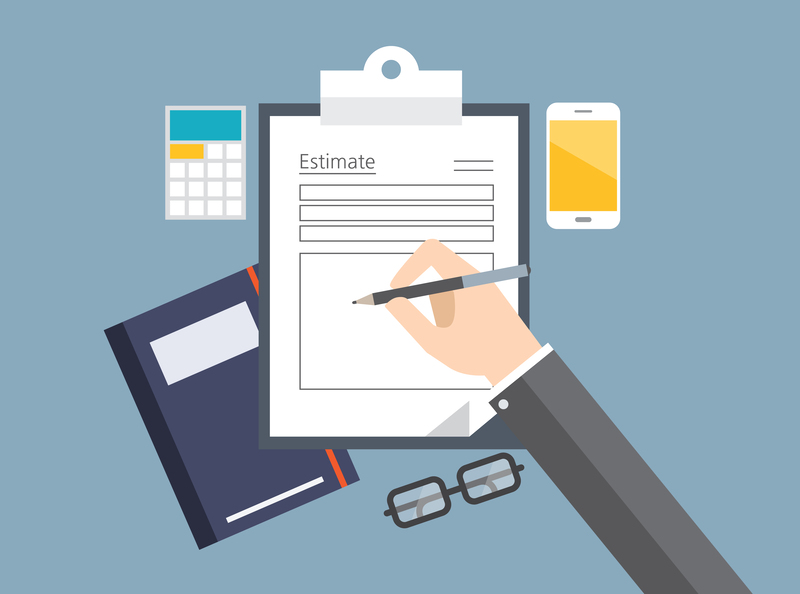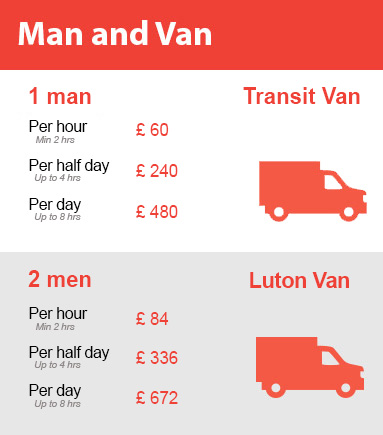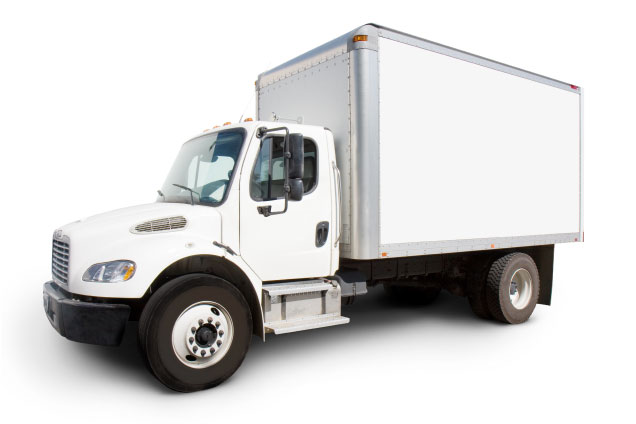Steps to Successfully Transport Your Bed and Mattress
Posted on 04/06/2025
Steps to Successfully Transport Your Bed and Mattress
Relocating to a new home can be an exciting yet daunting endeavor, and one of the largest, most cumbersome items to move is your bed and mattress. Whether you're moving across town or across the country, ensuring your bed and mattress arrive in pristine condition requires the right preparation and strategy. In this comprehensive guide, we'll walk you through the steps to successfully transport your bed and mattress, from initial planning to reassembly in your new home.
Why Properly Transporting Your Bed and Mattress Matters
Your bed and mattress are essential for comfort and well-being. Improper handling during a move can lead to damage, dirt buildup, or even structural compromise. By following systematic procedures, you:
- Protect your investment by preventing tears, stains, or warping
- Avoid injuries by using correct lifting and carrying techniques
- Save money by reducing the risk of costly replacements
- Save time by ensuring every step is planned logically

Crucial Steps to Move Your Bed and Mattress Efficiently
1. Gather Necessary Tools and Supplies
The path to a successful bed and mattress relocation begins with preparation. Assembling the right moving equipment is essential for a smooth process.
- Mattress bag: Protects against dirt, moisture, and tears.
- Furniture dolly: Eases the transport of bulky bed frames and heavy mattresses.
- Moving blankets: Cushions components and prevents scratches or dents.
- Screwdrivers and wrenches: For disassembling bed frames.
- Bubble wrap and packing tape: Shields corners and fragile pieces.
- Ratcheting straps or rope: Secures items in the moving truck.
- Permanent markers and zip bags: For labeling parts and storing hardware.
2. Disassemble Your Bed Frame
Disassembling the bed frame makes the components more manageable, improves safety, and reduces the risk of damage during transport.
- Remove bedding and mattress: Strip all linens, pillows, and mattress pads. Pack linens separately in protective bags.
- Take pictures: Before you take apart your bed, snap photos from multiple angles. This documentation will help during reassembly.
- Disassemble carefully: Use the appropriate tools for nuts, bolts, or screws. Place all small hardware in a labeled zip bag.
- Wrap components: Protect bed slats, headboards, and footboards with moving blankets and secure with tape or stretch wrap.
3. Prepare Your Mattress
Your mattress is susceptible to damage from spills, punctures, and dirt. Using the correct approach to prepare and pack your mattress is vital.
- Clean your mattress before moving. Vacuum the surface to remove dust and debris.
- Insert into a mattress bag: Slide the clean mattress into a high-quality, tear-resistant bag. Seal the ends with heavy-duty packing tape.
- Keep upright: If possible, move your mattress vertically to save space and prevent bending.
4. Transport the Bed Frame and Mattress Safely
Now that your bed and mattress are packed, it's time to move them to your moving vehicle. Here's how to do it securely:
- Enlist help: Beds and mattresses can be bulky and heavy. It's safer and quicker with two or more people.
- Use a furniture dolly: Position the mattress or large frame pieces on the dolly and use straps to keep them stable.
- Navigate carefully: Be mindful of tight corners, stairs, or doorways. Tilt and angle components as needed, but never force them.
5. Load and Secure in Moving Vehicle
Careful loading is essential to prevent shifting and damage during transit. Follow these tips for best results:
- Load the bed frame pieces first, laying them flat against the wall of the truck or van.
- Place the mattress upright along the side, ensuring it is not bent or crumpled.
- Use ratchet straps or rope to secure all items. Prevent movement that could lead to dings or collapse.
- Keep soft, bulky items nearby to cushion and prevent shifting during transit.
6. Unload and Reassemble at Your Destination
Upon arrival at your new home, the steps are essentially the reverse of the packing process:
- Remove the mattress and frame pieces with care to avoid nicks to walls or floors.
- Inspect for damage before unwrapping or opening the mattress bag.
- Follow your reference photos for efficient reassembly of the bed frame.
- Tighten all bolts and screws to ensure structural soundness.
- Allow the mattress to air out for a few hours before making the bed.
Packing Tips for Different Types of Beds
Moving a Platform Bed
Platform beds have larger surface areas and may require more time to dismantle and wrap. Protect the frame edges with additional padding, and keep track of slats or integrated storage drawers.
Transporting a Bunk Bed
Bunk beds are more complex, often with extra hardware and rails. Fully disengage the top bunk and remove safety ladders, then wrap and label all hardware separately for easier reassembly.
Transferring Adjustable or Electric Beds
If your bed contains mechanical or electronic elements, consult the manufacturer's instructions. Disconnect electrical components, secure moving parts, and wrap with soft padding to prevent breakage.
Common Mistakes to Avoid When Transporting Beds and Mattresses
- Skipping disassembly: Trying to move the bed without taking it apart can result in damage.
- Not using protective coverings: Mattresses and frames without covers are prone to dirt and scratches.
- Improper loading: Tossing the mattress among heavy boxes or stacking haphazardly risks deformation.
- Forgetting hardware: Losing screws or bolts can make reassembly a nightmare.
- Moving alone: Underscoring the potential risk of injury by not seeking help for heavy lifting.
Storage Advice for Beds and Mattresses
If you need to store your bed frame and mattress for any duration during your move, follow these guidelines:
- Store the mattress flat in a clean, dry area to prevent permanent deformation.
- Keep components wrapped in climate-controlled spaces; avoid garages and basements prone to moisture and pests.
- Label everything clearly for an easy reassembly process later.
Environmental Considerations
When you move your bed and mattress, take steps to minimize waste:
- Opt for reusable moving supplies such as mattress bags and sturdy moving blankets instead of disposable materials.
- Donate or recycle old mattresses rather than sending them to landfill.
Hiring Professionals vs. DIY Transport
Deciding between hiring professional movers or handling the transport of your bed and mattress yourself depends on your budget, timeframe, and the complexity of your bed setup.
- Professional movers offer experience, insurance, and efficient equipment, making them ideal for large, heavy, or delicate beds.
- DIY moving is cost-effective and gives you more control, but requires careful planning, strong helpers, and access to a suitable vehicle.

Frequently Asked Questions About Bed and Mattress Transport
Q: Can I fold or bend my mattress to fit in my car?
Never fold or excessively bend innerspring or hybrid mattresses, as this can damage coils or internal structure. Some foam mattresses may tolerate light bending, but check the manufacturer's guidelines before attempting.
Q: How can I keep my mattress clean during the move?
Always use a waterproof, tear-resistant mattress bag sealed with packing tape. Avoid placing the mattress directly on the ground or against dirty surfaces.
Q: What if my bed frame won't fit through the doorways?
Disassemble as much as possible and maneuver items carefully. If needed, consider removing door stops or hinges temporarily to widen the pathway.
Q: How long after transport should I wait before using my mattress?
If your mattress was stored or moved in a compressed or wrapped state, allow 2-4 hours for it to fully expand and ventilate before sleeping on it.
Q: Can I transport a bed and mattress on the roof of my car?
While technically possible for short distances, it's not recommended unless you have proper roof racks and secure straps. Incorrectly tied mattresses could shift or fly off, posing safety hazards.
Conclusion
Successfully moving your bed and mattress requires thorough preparation, the right materials, and careful execution. By following the step-by-step instructions above, you ensure the safe, efficient transport of your sleeping setup, preserving comfort and investment for years to come. For a stress-free relocation, plan ahead, use protective coverings, disassemble thoughtfully, and always seek some extra muscle for heavy lifting. Your new home--and your good night's sleep--await!





